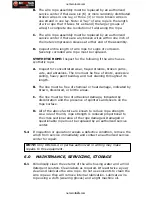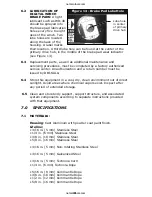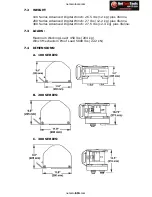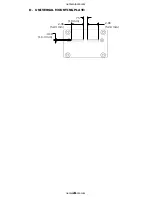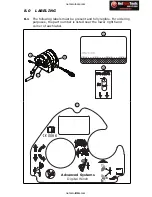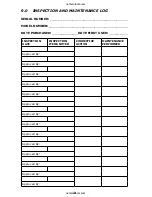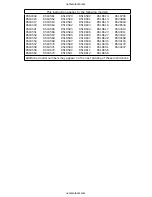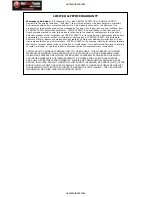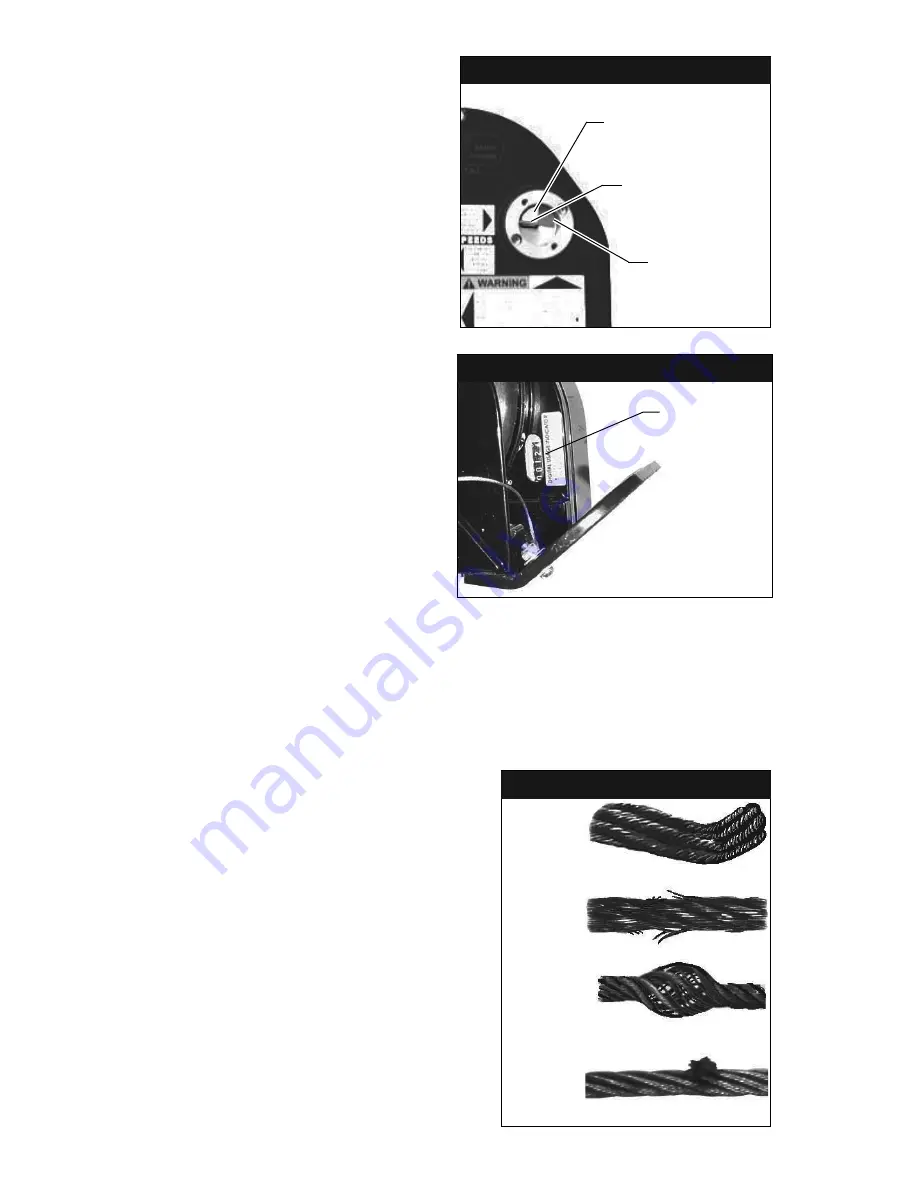
16
•
Check the digital counter,
(see Figure 11) if it
exceeds 30,000 cycles
from the last factory
service recorded in the
inspection log in Section 9,
return the winch to
DBI-SALA or an authorized
repair center for service.
•
Check operation of the
winch in high and low
speed positions; it must
crank up and down freely.
Stiff or rough operation
may indicate a worn gear
or bearing.
•
Inspect the Cable
Retaining Spring (see
Figure 1) assuring that it
applies pressure against
the line. If the plastic wear
pad needs to be replaced,
return the winch to an
authorized service center.
•
Inspect each system
component (support
structure, back-up fall
arrest system, body support, connectors, etc.) according to
manufacturer’s instructions.
5.3 LIFELINE INSPECTION
WIRE
ROPE:
Inspect entire length of wire rope assembly starting
at the hook. Always wear protective gloves when inspecting wire
rope.
A.
Inspect for broken wires by
passing the wire rope through
gloved hands, flexing it every
few inches to expose breaks.
Broken wires can be removed
by bending the wire back
and forth parallel to the rope
length. Do not attempt to pull
wires out of rope. Inspect for
kinks, cuts, crushed burned
areas, or other damage (see
Figure 12). Wire rope with
serious damage must be
removed from service.
Figure 11 - Digital Counter
Digital
Counter
Bird-caging
Welding splatter
Kinked wire rope
Broken wires
Figure 12 - Wire Rope Flaws
Indicator Pin
Green Section
Red Section
Figure 10 - Brake Wear Indicator
netzerotools.com
netzerotools.com
















